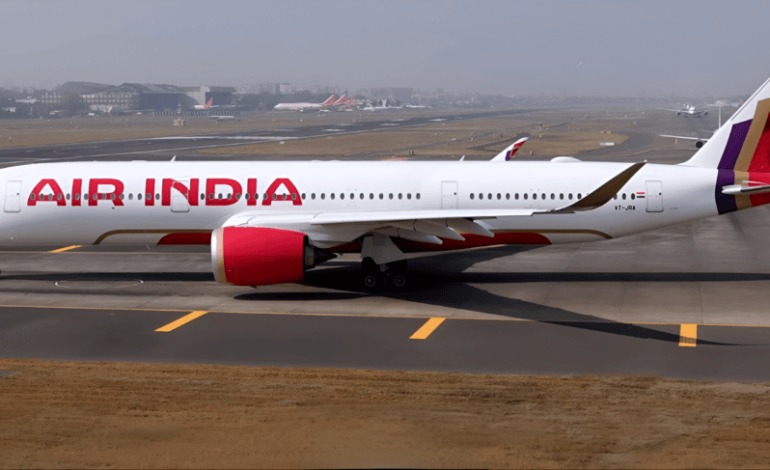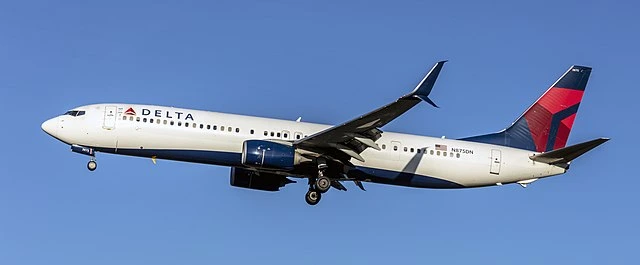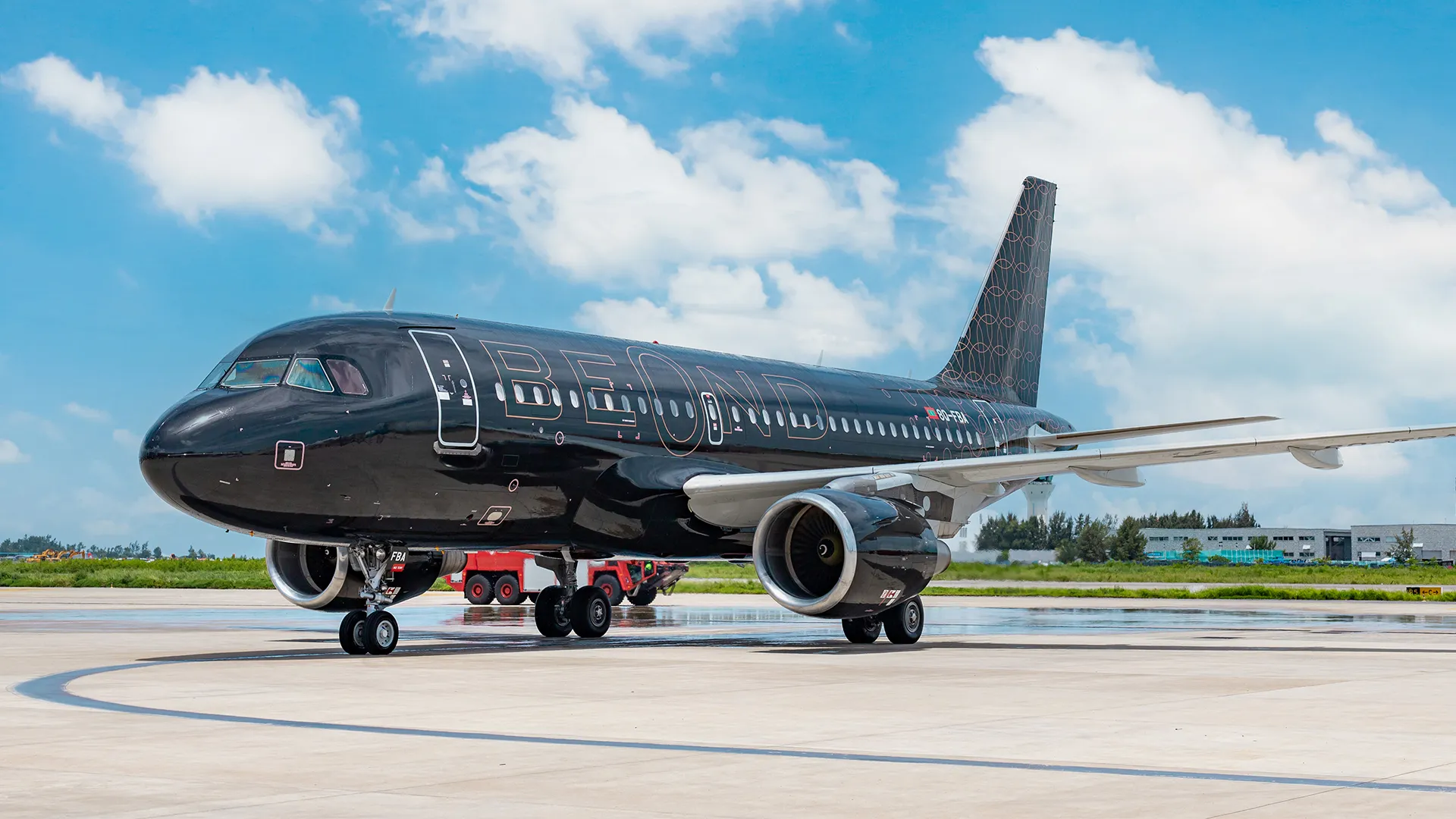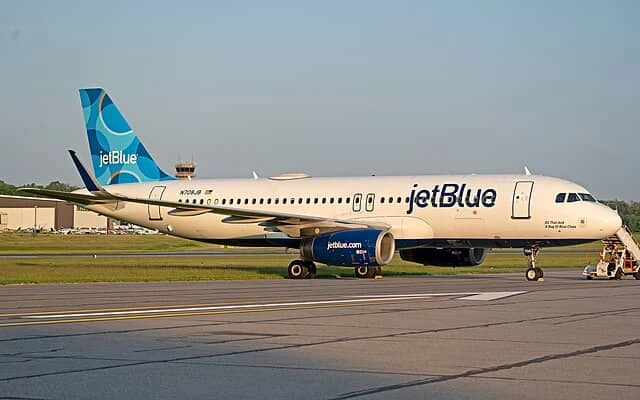Air India to Fully Resume International Flights by October 1 After Safety Pause

Air India is set to resume full international operations by October 1, 2025, following a phased restoration that began on August 1. The Tata Group-owned airline had suspended international flights in the aftermath of the tragic June 12 plane crash in Ahmedabad, which marked the deadliest aviation accident in a decade.
June 12 Plane Crash
The suspension followed a horrific incident in which a London-bound Boeing 787 Dreamliner lost thrust just seconds after taking off from Ahmedabad Airport and crashed into a medical college hostel. The devastating accident claimed the lives of 241 out of 242 passengers onboard and an additional 19 people on the ground. It was the deadliest aviation tragedy in the past ten years and prompted immediate safety and operational reviews across Air India’s network.
Safety Pause and Internal Checks
In response, the airline declared a “Safety Pause” to conduct precautionary checks on its Boeing 787 fleet and to manage extended flying times resulting from airspace restrictions over Pakistan and the Middle East. The airline emphasized that this pause was a proactive step to prioritize passenger safety and ensure operational integrity.
“Our regular safety protocols are rigorous and multi-layered, with every aircraft undergoing thorough checks before take-off by trained engineers and pilots. Maintenance is conducted at certified facilities before and between flights,” said Air India CEO Campbell Wilson.
He added, “We commenced a phased restoration of international operations on August 1, 2025, with the goal of full resumption by October 1. This cautious approach allows us to complete all necessary verifications thoroughly and return to service with full confidence.”
Operational Challenges and CEO’s Assurance
Acknowledging recent operational disruptions, Wilson stated that the airline is committed to strengthening its internal processes to minimize passenger inconvenience. Over the past few weeks, Air India has faced multiple flight delays and cancellations due to technical issues. One notable case was the cancellation of a Delhi to Milan flight after a fault was detected in the Boeing 787 Dreamliner before takeoff.
Addressing growing concerns about the airline’s safety standards, Wilson assured the public that several measures have been implemented to ensure aircraft readiness and passenger safety. “Each aircraft underwent inspections under the oversight of India’s aviation regulator, the DGCA, and we confirm that no issues were found during these inspections,” he said. He also noted that, in line with other global carriers, Air India inspected the fuel control switch mechanisms in its Boeing 737 and 787-8 aircraft, again reporting no findings.
DGCA Audit Findings
Despite these reassurances, a July audit by the Directorate General of Civil Aviation (DGCA) revealed 51 safety lapses at Air India. As reported by news agency ANI, the findings included inadequate pilot training, use of unapproved simulators, and a flawed crew rostering system. These revelations have intensified scrutiny of the airline’s operational standards, especially in light of the recent tragedy.
Looking Ahead
While the airline works to regain public trust and stabilize its operations, Wilson reaffirmed Air India’s focus on safety and reliability. “Our goal is to emerge stronger and more resilient. We are fully committed to maintaining the highest standards of safety for our passengers and crew.”
With the phased resumption already underway and full international services expected by October 1, the coming weeks will be critical for Air India as it navigates recovery, regulatory oversight, and rebuilding its reputation on the global stage.
Image Credis- Air India Airlines








